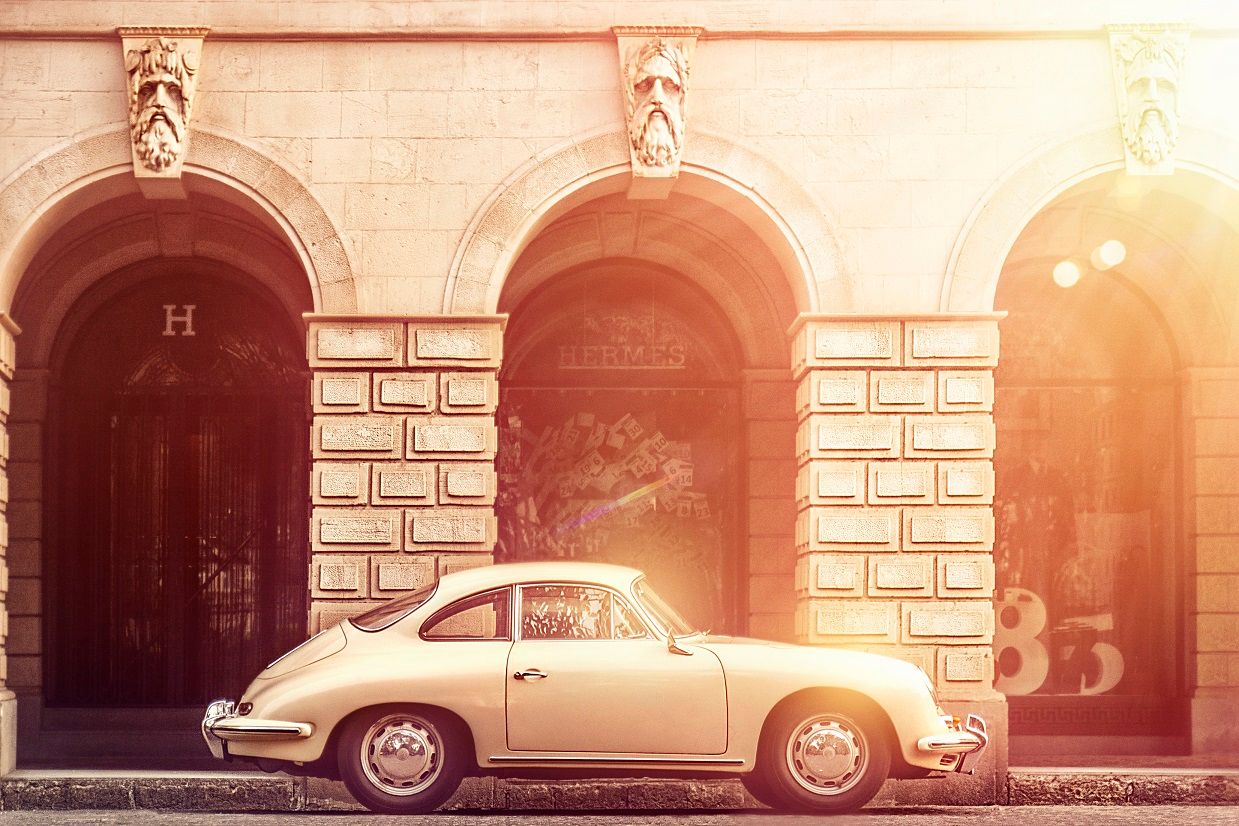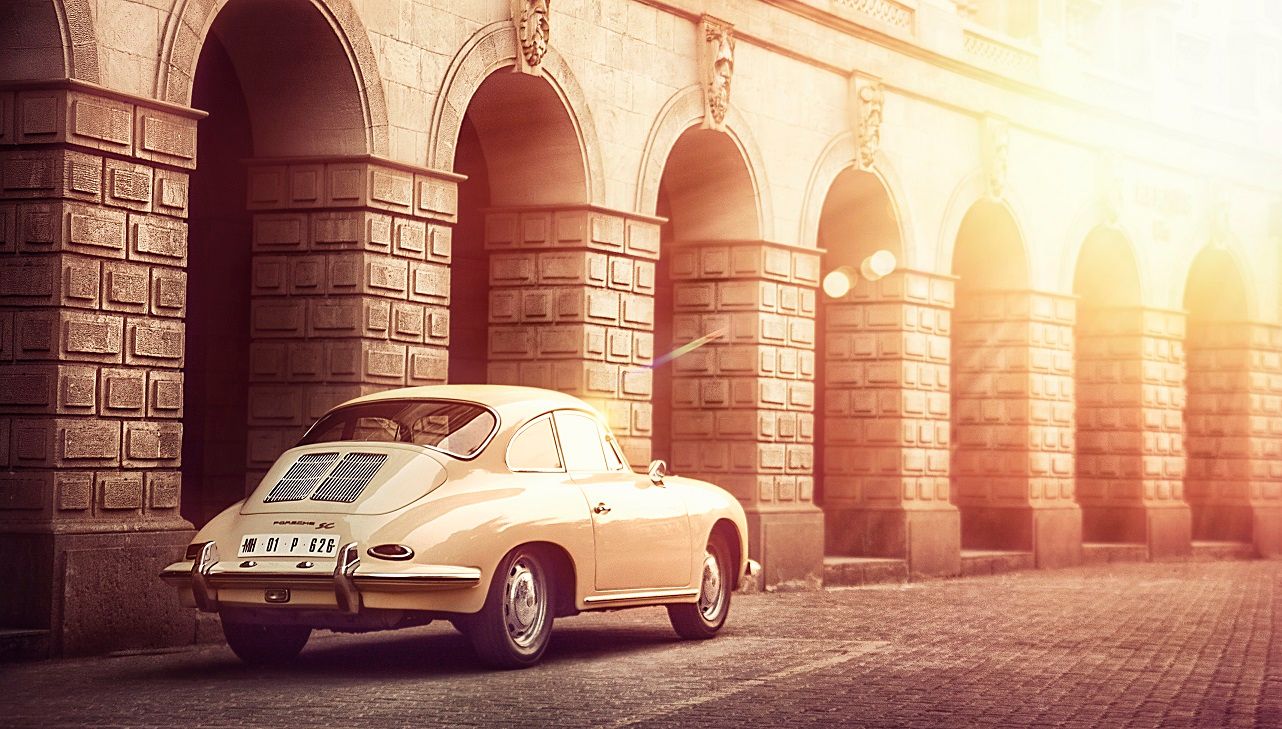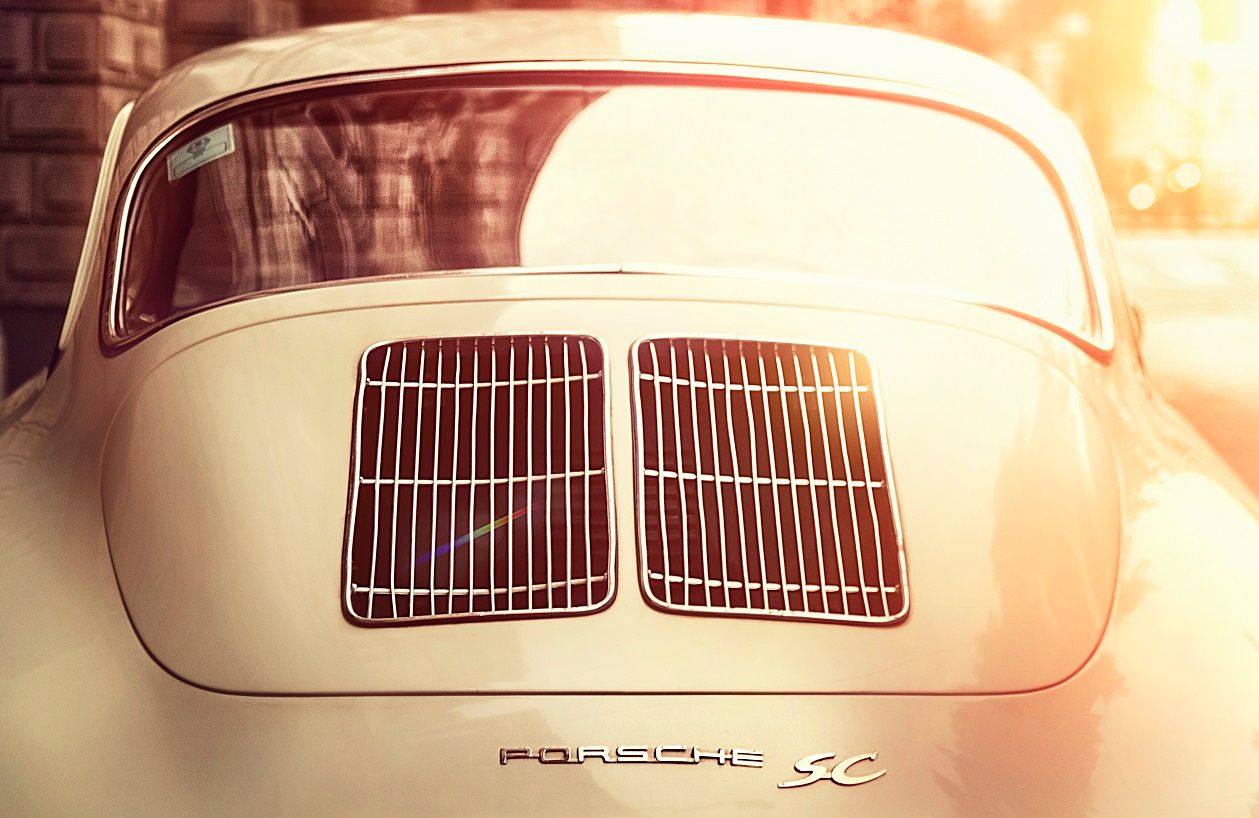A Rare Porsche 356 SC Coupe in Mumbai
Images: Makarand Baokar
The car featured here is a Porsche 356 SC, from its very end of production, 1965, though it arrived in Mumbai around 1994. What’s even more unusual is that the car’s owner, Rajendra Jain, does not live in Mumbai. He lives in London, where he runs a shop, in upscale Bond Street, which deals with collector watches, art, antiques, and curios. Raj came across the Porsche, more by happenstance, when he saw this immaculate car up for auction at Christie’s, in London. Having picked it up for a bargain, he sent the car off to Mumbai, where Raj was spending more time those years. Though he now visits Mumbai about two times every year, he prefers to leave the car at his parents’ residence in Mumbai, so that he has the opportunity to enjoy it every time he is in India.

Conceived in the aftermath of World War II, the Porsche 356’s birth pangs were rather turbulent and eventful. Although the Porsche 356’s “making-of” story began in Gmünd, nestled in a small workshop in the Austrian Alps, the project soon moved to Stuttgart, to the home of the Porsche family.
Eventually, the brand-new car—and a brand-new marque—was officially unveiled at the 1949 edition of the Geneva Motor Show, and that was followed by showcasing two Porsche 356s at the 1950 Paris Salon.
Soon after, in January 1951, Ferdinand Porsche, much debilitated by his imprisonment, passed away, and his son, the equally dynamic Ferry Porsche, took over. For reasons of costs and simplicity, the 356’s design moved away from the early prototype’s tubular structure and mid-mounted engine. Instead they used the platform derived from the Volkswagen, with a modified engine from the latter, tweaked for a higher power output, but still located at the rear.

The body was a design by Erwin Komenda, an Austrian aerodynamicist with whom Porsche had already worked on the Auto Union racing cars and the original Volkswagen (Beetle). In the early years, the body was constructed in the workshops of coachbuilder Reutter in Stuttgart. The car continued to evolve over the years—both aesthetically and mechanically—and by 1954, the customer had a choice of five different engine options: an 1100, a 1300, a Super 1300, a 1500 and a Super 1500. Lightweight and aerodynamic, the car was a success.
From the outset, Porsche was committed to motorsport and began to establish a fine reputation through class and overall wins in races and rallies across Europe and the US. The very first ones, retrospectively called “pre-A” as they had arrived before the 356 A was launched in late 1955, are indeed rare models. As many as two may have been in India. One of them was imported by the Raja of Sawantwadi (in Maharashtra), Shivramraje Savant Bhosale, and was in circulation till the 1980s. The other seems to have been raced in the 1960s, but both seem to have disappeared.

After the first two generations, the 356 and the 356 A, the 356 B was launched in autumn 1959, and it featured several detail changes that had the Porsche purists (already!) wincing, but the design needed to be more up-to-date: enhanced bumpers, the front fenders sloped away gently, the lamps were located higher, the rear window was enlarged, the front hood and hatch was squared up, and the tank filler cap moved on to the front fender.
In 1964, the 356 C (and the more powerful 356 SC) were launched, the same year that the all-new 911 had been unveiled too. Other than being the penultimate model of the 356, the SC was also the most powerful (with the exception of the Carrera version, which was developed specifically for competition). In terms of styling, it was similar to its predecessor, the Series B. Otherwise, the 356 SC had the same virtues that had built the reputation of the Porsche brand.
Comments
Sign in or become a deRivaz & Ives member to join the conversation.
Just enter your email below to get a log in link.
